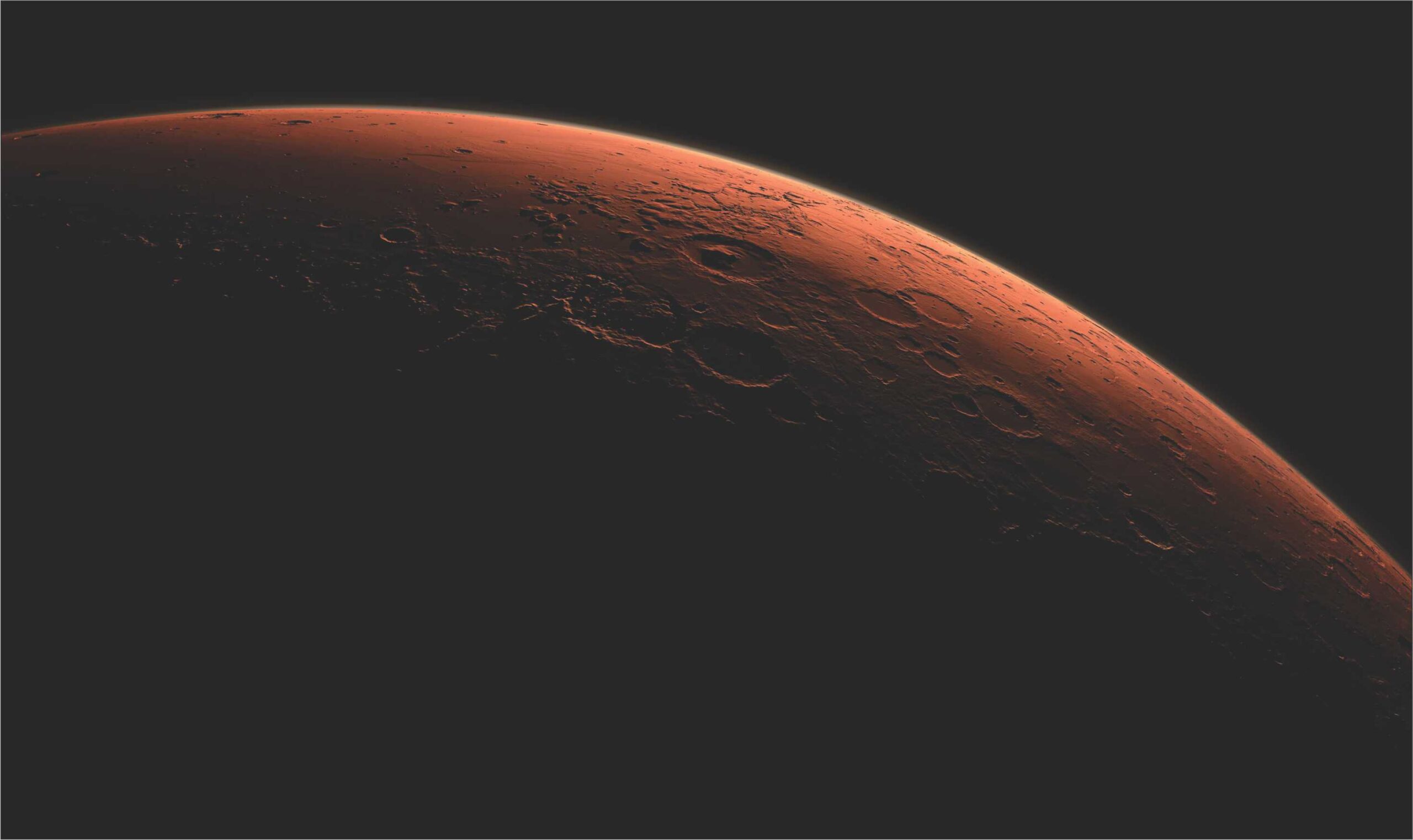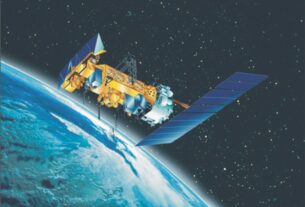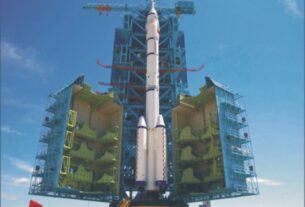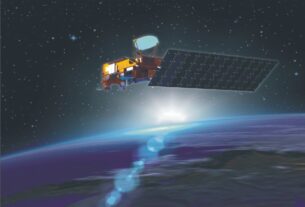Though buffeted by a dwindling fund allocation and a declining political and public support, National Aeronautics and Space Administration (NASA) of US has initiated work on buildingSpace Launch System (SLS) described as the most powerful rocket ever realized.
As envisaged now, this mega space vehicle is expected to be ready for a take off by 2018 when it would carry anunmanned spacecraft, Orion, along with 13 mini satellites designed to provide inputs for the future human exploration of deep space.
Of course, Orion, is basically designed to serveas a crew vehicle for deep space missions.The launch of 13 light weight Cubesats in the maiden flight of this launch vehicle weighing 70-ton is meant to test innovative ideas for deep space exploration along with an un-crewed Orion spacecraft.
The maiden mission of SLS called Exploration Mission-1(EM-1) is specifically meant to open up a new, exciting frontier in space exploration. While to a large extent, Cubesats are placed into the low earth orbit, EM-1 mission will focus on inserting these small research satellites into deep space environment. Perhaps it is for the first time that Cubesats are being injected into deep space environment.
As pointed out by Dava Newman, NASA Deputy Administrator “The 13 Cubesats that will fly to deep space as secondary payloads aboard SLS on EM-1 will showcase the interaction of science and technology and advance our journey to Mars”.
Indeed, these Cubesats have been specifically designed to perform a variety of innovative experiments that will have a bearing on the futuristic deep space missions.
Among the tasks assigned to these Cubesats platforms are the reconnaissance missions focussed on an asteroid with particular reference to locating its position in outer space.
The life sciences experiments, to be carried out by the Cubesats, would include quantifying the impact of deep space radiation on living forms over a long duration exposure to outer space environment.
Also, Identification of resources on the lunar surface including water and heliumis yet another focusarea of research assigned to the Cubesat mission.
New technology
Commenting on the rare research opportunities that this space mission will open up, Bill Hill, Deputy Associate Administrator for Exploration Systems Development, at NASA explains, “the SLS is providing an incredible opportunity to conduct science missions and test key technologies beyond low earth.”
NASA sources also reveal that during its maiden flight, SLS will deliver the Orion spacecraft into a stable orbit beyond the moon to demonstrate the integrated system performance of Orion and the launch vehicle to assess itssuitability for the first manned mission.The Orion will return back to earth after completion of its mission to the moon.
As envisaged now, the first ever manned Orion-SLS mission is planned for a 2021 take off and will involve a mission around the moon for ten days.
The futuristic versions of SLS will have a lift off weight of 130- ton making it possible for journey to Mars and to other deep space destinations.
Defending NASA’s plan for a heavy lift booster like SLS, Bill Hill stresses the point that public investment in a heavy lift booster like SLS is critical in the backdrop of the uncertainties facing such a development in the private enterprises.
Hill also made the point that NASA is constantly working towards lowering the cost of engines powering SLS. Cubesats, which will piggy ride SLS, have their on-board payloadsselected through a series of announcements of flight opportunities.
These Cubesats will be deployed following Orion separation from the upper stage and once Orion is safe distance away. Each payload will be ejected with a spinning mechanism from dispensers on the Orion stage adaptors. NASA’s Marshall Space Flight Center is the lead agency for theSLS project.
The first flight configuration of SLS will have around 70-tonne lift off capability and be powered by two five segmented solid fuel boosters and four RS-25 engines.
The SLS has been described as NASA’s new generation class of rocket since the Saturn-V rocket that helped US land its astronauts on the lunar surface.
Indeed, this rocket will serve as the platform to help humans attain a deeper reach into the solar system-launching crews on-board the new Orion Vehicle to explore the multiple deep space destinations.
More importantly, SLS will hold the key to the NASA’s long term plan for human expedition to Mars in 2030s. Currently, two options are under consideration in terms of the hardware to be deployed for realizing the human mission to the Red Planet.
The first option dubbed “SEP Chemical Option” would see solar Electric Power (SEP) used to pre deploy elements to near Mars space before the human Phobos and Mars transit missions begin.
The pre deployment would allow needed supplies and equipment to already be in stable position near Mars orbit prior to the departure of a crew from lunar space and would make use of the more economic but slow SEP technology.
The second option involves the hybrid SEP and storable chemicalpropulsion system for both the crew and cargo missions. Under this option, the total no of SLS missions for the Phobos configuration drops to 8 whereas the number of SLS flights for the first human mission to Mars surface increases to 14.
In fact, the main difference between the two options comes in the number and configuration of the various propulsion elements. Under the Hybrid option, a total of zero cryogenic propulsion stages will be used as opposed to 12 needed under the SEP chemical option.
As part of the strategy of supporting human missions to the Red Planet, a team of NASA engineers are now involved in refining the key thermal protection system of the Orion to make it sturdy enough to withstand the extremes of weather that it would encounter while moving to the deep space environment.
The design and configuration of the heat shield of Orion has been substantially improved. According to NASA, a silver, metallic-based thermal coating control will be bonded to Orion’s crew module back shell tiles.
“Orion’s thermal protection system is essential to the successful future missions. As we move towards building the system for EM-1, we have been able to take advantage of what we learned from building and flying Orionto refine our processes going forward,” observes John Kowal, NASA’s thermal protection system leader for Orion.
The silver, metallic based thermal control coating has been engineered to minimize the heat loss as well as limit the high temperatures. Thanks to the use of titanium structure and carbon skin, the mass of the heat shield underlying the structure stands reduced by an appreciable extent.
Still there are doubts whether the mega rocket SLS, which stands taller than the statue of liberty, will be able accomplish the manned mission to Mars planned to take place from 2035-40.
Essentially this mission envisages orbiting the moon followed by a rendezvous with asteroid before the eventually accomplishing human landing on Mars. For the critics point outs that this ambitious programme may be subjected to budget cuts resulting in the scaling down of the ambitious strategy of reaching Mars.
Budget issues
“If you look at the timeline for going to Mars, they keep talking about 25 years out-and it is 25 years out because of their budgets and because they keep spending it on their huge rocket at ridiculously higher prices than the private market. You can make the argument that with that rocket as a drag on NASA’s budget, we are never going to be at Mars,” notes Henry Vanderbilt, executive director of the Space Access Society, a private research group campaigning for lower cost of access to space.
But then there is no denying the point that the possibility of Mars harbouring liquid water could act as a push factor for the human expedition to Mars. “Mars is not the dry, arid planet we thought of it in the past. Under certain circumstances, liquid water has been found on Mars” says NASA’s Planetary Science Director, Jim Green.
On the other hand, John Grunsfeld, Associate Administrator of NASA’sScience Mission Directorate notes that “to be able to live on the surface of Mars, resources are there.”
While stating that water is critical, he also remarked that the planet also offers key elements like nitrogen which could be used to grow plants in greenhouses and the types of salts that could be used to make rocket fuel.
Against this backdrop, Mars is being viewed as the comparatively hospitable outpost for the continuation of human civilisation. Not surprisingly then the former Indian President and internationally acknowledged space scientist, Dr APJ Abdul Kalam, had advocated the need for India to join international endeavours aimed at sending humans to the Red Planet.
“It seems that the more we study Mars, the more we learn how life would be supported and where there are resources to support life in the future,”says Michael Meyer, lead scientist for NASA’s Mars Exploration program.
Significantly, the Curiosity rover of NASA had not long back found fresh evince for the presence of water on the Mars. NASA states that its interpretation of Curiosity data go to show that ancient Mars might have maintained a climate that could have produced long lasting lakes at many points on the surface of the Red Planet.
The focus of the maiden human mission to Mars would be on scientific studies to find out whether Mars actually did sustain life at some point of its evolution and whether its atmosphere and environment is suitable for human habitation.
But then sending human expeditions to Mars would be a complex and challenging exercise. To smoothen the pathway for human landing on the Red Planet, NASA has unveiled a boomerang shaped aircraft that could be the first to take flight on Mars to identify potential landing sites for human missions.
According to NASA researchers, this device named Prandtl-m will be released at an altitude of 100,000-ft to simulate the flight conditions of Martian atmosphere.
According to Al Bowers, NASA Armstrong Chief Scientist and Prandtl-m Program Manager, the tests could validate how the aircraft operates, paving way for modifications that will ultimately allow it to fold and deploy from a 3U Cubesat in the aeroshell of Mars rover.
A NASA study on the human expedition to Mars is looking at the possibility of lowering the cost of a human travel to the Red planet by putting astronauts in deep sleep.
Mission situation
Researchers are of view that the deep sleep would reduce astronauts’ metabolic functions with existing medical procedures. Significantly, NASA funded study carried out by SpaceWorks reveals a five-fold reduction in the amount of the pressurized volume needed for a hibernating crew and a three-fold reduction in the total amount of mass required, including consumables like food and water.
Most importantly, the biggest challenge is how to protect astronauts from the huge doses of radiation in deep space environment.
Similarly, effects of microgravity would raise medical problems with vision and circulation as well as muscles and bone wastage. At the end of the day, a host of critical issues need to be tackled effectively at the ground level for preparing the ground for launching human expeditions to the Red Planet.
Even the return to earth of Mars astronauts could face many problems. Here, redundancy, resilience and innovation as well as ingenuity could pull off the trick for the successful accomplishment of human mission to Mars.
As a prelude to the grand human trip to the Red planet, the crew vehicle, Orion, is being equipped to take astronauts beyond the earth orbiting beginning early next decade.
The Lockheed Martin built Orion will have its operational sinew in ESA (European Space Agency) built modules for propulsion, power supply and life support for human missions to Moon, asteroids and even Mars.
NASA chief scientist, Ellen Stofan rightly observes that the space faring nations around the world are now nourishing a common vision as to why humans should visit the Red Planet.
In the ultimate analysis, only an international collaboration would give a new direction and required level of thrust to the human expedition to Mars, which is both costly and technologically intensive.
Human landing on Mars would be an exciting epochal event in the march of human civilization which is looking at new destinations for its survival and progress. And as things stand now, Mars seems to be the right answer.





